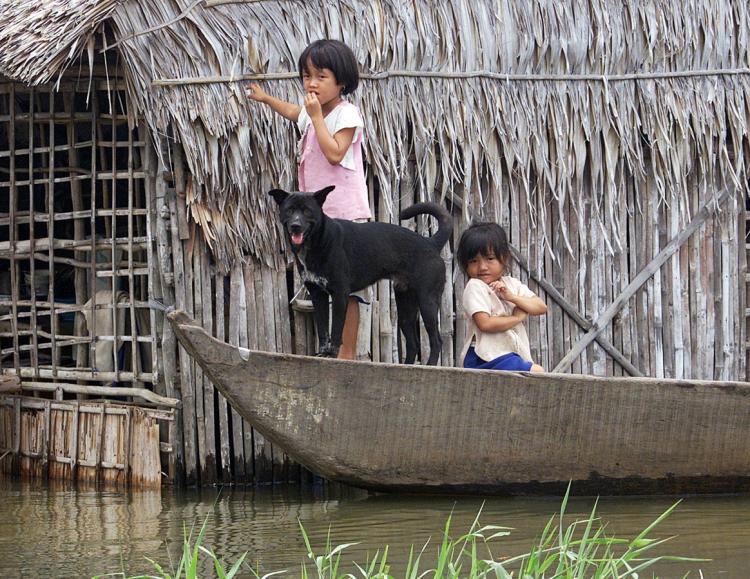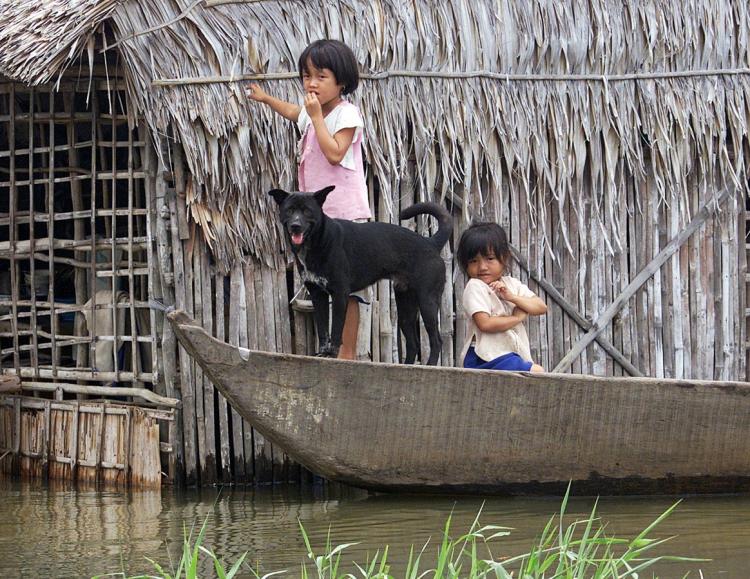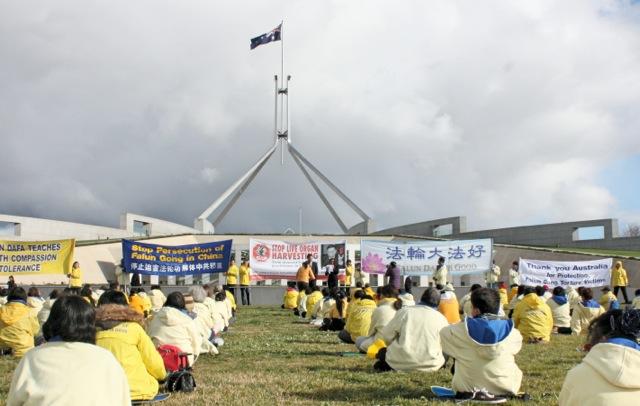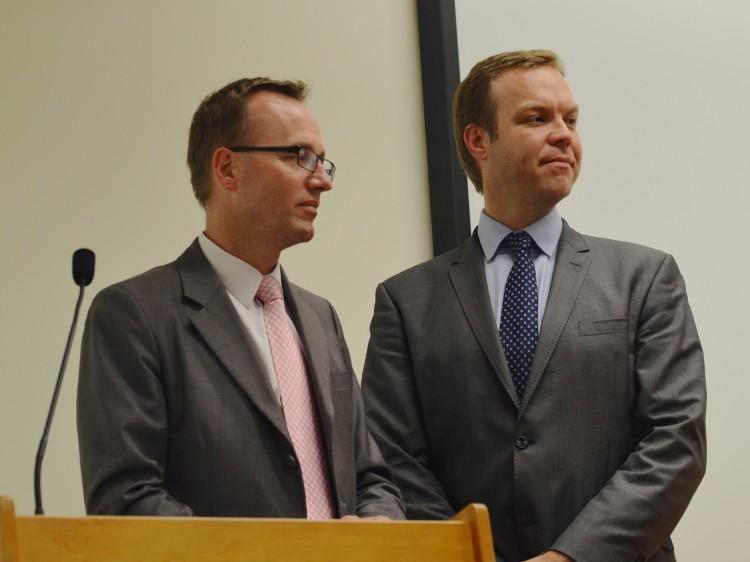SYDNEY—In Australia, water safety is as ingrained in beach culture as the Slip-Slop-Slap sunscreen campaigns that have been around since the early 1980s.
Sadly, the level of awareness is not the same for Australia’s neighbors. In Asia, one child drowns every 45 seconds, according to estimates.
Every year, up to 350,000 children drown in Asia; the majority are toddlers under the age of 4. Last year, 50 children drowned in Australia.
While the numbers tell a tragic story, one of Australia’s leading water safety groups is pioneering a program to try to curb preventable drowning deaths in Asia.
Royal Life Saving (RLS) has announced that it will establish the world’s first International Drowning Research Center in Bangladesh, with funding from the Australian government’s Agency for International Development, AusAID.
AusAID is providing up to AU$600,000 (US$548,377) over three years to the center, whose work will not only focus on Bangladesh, but also the wider South and Southeast Asian regions.
The center will take on key research projects aimed at reducing child drowning divided into three life stages: preschool, school aged and adolescence. The findings and programs will be used to help build awareness and skills across the region to prevent drowning.
The International Drowning Research Center will also promote the need for people across the region to be taught CPR and basic rescue skills.
Royal Life Saving’s Chief Operating Officer Justin Scarr says drowning is tragically the number one killer of children after infancy in many countries in Asia. Bangladesh, Vietnam, Thailand, and China have recorded the most number of deaths annually, according to the data published by The Alliance for Safe Children.
Scarr says drowning has been largely a “silent epidemic” that requires urgent action.
“The sheer scale of drowning in the region is shocking in the extreme. Children are drowning in everything from rivers, lakes, and ponds to wells and even cooking pots,” he said.
In Australia, childhood drowning is largely associated with recreational activities, while in Asia it is a part of daily living.
“In the developing countries people are living largely a rural lifestyle. ... Water is used to cook, water used to water crops, and water is used for cleaning. All this presents hazards to children.”
Scarr says that close to 50 percent of toddlers drown within 33 feet of their homes. “When the parents are busy, toddlers may wander off and if there’s water around this can have tragic consequences,” he said. Also contributing to the problem is the adults’ fatalistic view of the issue, believes Scarr.
“Its been happening in such volume that they feel it is largely unpreventable. ... For children over 4, swimming and water safety skills are the key and millions of children in Asia can’t swim. Australian expertise is now working to change this,” he notes.
Scarr has personally witnessed the tragedy of a child drowning in Bangladesh. The experience, he said, was “quite confronting.”
“The most horrifying experience I had was a social autopsy—essentially a community-led investigation into the death of the child. The community was sitting there grieving ... more than 100 people.”
However, the tragedy has pushed the community to make changes. They have resolved to undertake strategies including survival swimming lessons, and they wish to undertake training in rescue and resuscitation.
In recent years, the Royal Life Saving Association has already made substantial contribution to the region. Five years ago it started a SwimSafe program with partner the Alliance for Safe Children to prove that Australian techniques to prevent drowning can easily be adapted to suit the Asian context.
As a result, over 40,000 kids were trained in swimming and survival techniques and thousands more are still waiting to be trained. “Children love it. They have a lot of fun. The parents also enjoy it. ... There’s a backlog of children to get into the lessons.”
The SwimSafe program is now also being piloted in Vietnam and Thailand and will ultimately be expanded across the region.
Scarr hopes that the new research centre in Bangladesh will be just as successful.
“Australia is now making a real difference to drowning prevention in Asia. The sheer scale of the problem is phenomenal. The work that has already been done shows things can be turned around. There’s a long way to go and we intend to tackle the challenge head on.”




